5 Seasonal Vegetables to Buy in Japan This Summer
Help The Planet And Your Pocketbook With These Local Favorites
With food prices on the rise, there’s no time like the present to start eating locally and sustainably in Japan.
As we’re baking in the sweltering heat of this year’s summer, it’s hard to tell what is feeling the burn more these days, our bodies, our pocketbooks or our planet. It’s easy to feel overwhelmed in times like these, but sometimes even making small personal changes can make a world of difference.
Case in point: vegetables. While eating more vegetables and consuming more locally have become far-reaching rallying cries, in food-insecure Japan especially, choosing local, sustainable and seasonal produce can help you (and the climate!) stay on a healthy path while supporting farmers in the country you call home. And, going with Japanese fresh and in-season veggies will also do wonders for your bottom line.
Check out five in-season Japanese vegetables below, as well as how to prep and store them, to get you started. Make sure to read all the way to the bottom for our suggestions of local vegetable delivery baskets so that you don’t even have to make your way to the supermarket!
1. Myoga
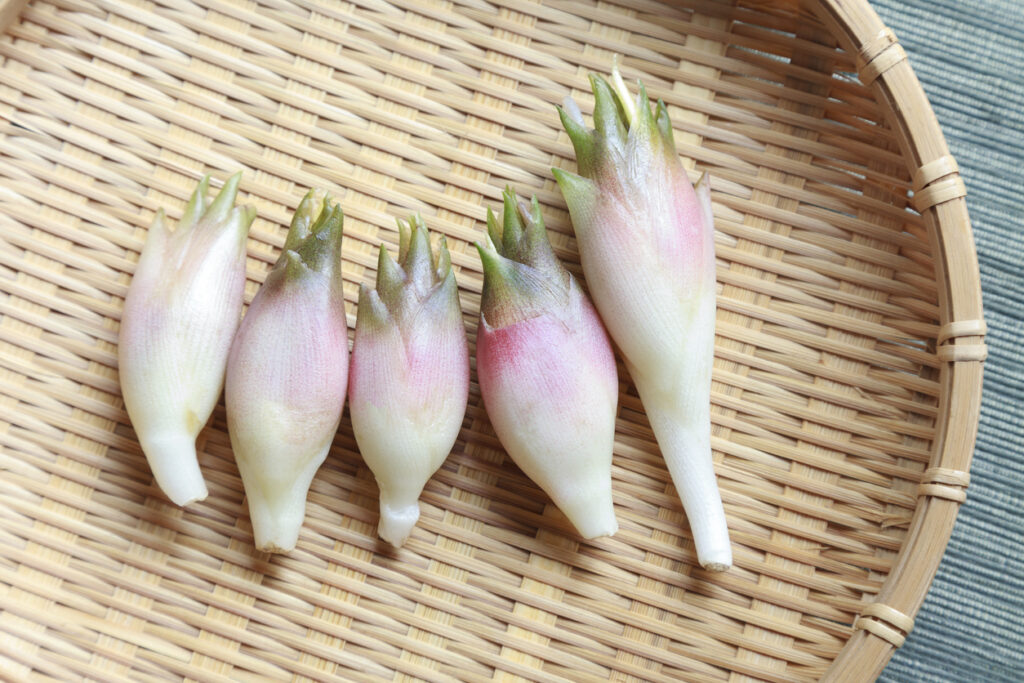 © Photo by iStock: mizoula
© Photo by iStock: mizoulaMyoga, known as Japanese ginger in English, refers to the edible tender buds and shoots of a herbaceous perennial plant native to Japan. It has a pleasantly crunchy texture and a refreshing and light gingery taste. Myoga contains many vitamins and minerals, such as vitamin K, calcium and magnesium which make it a great healthy vegetable to add to your repertoire.
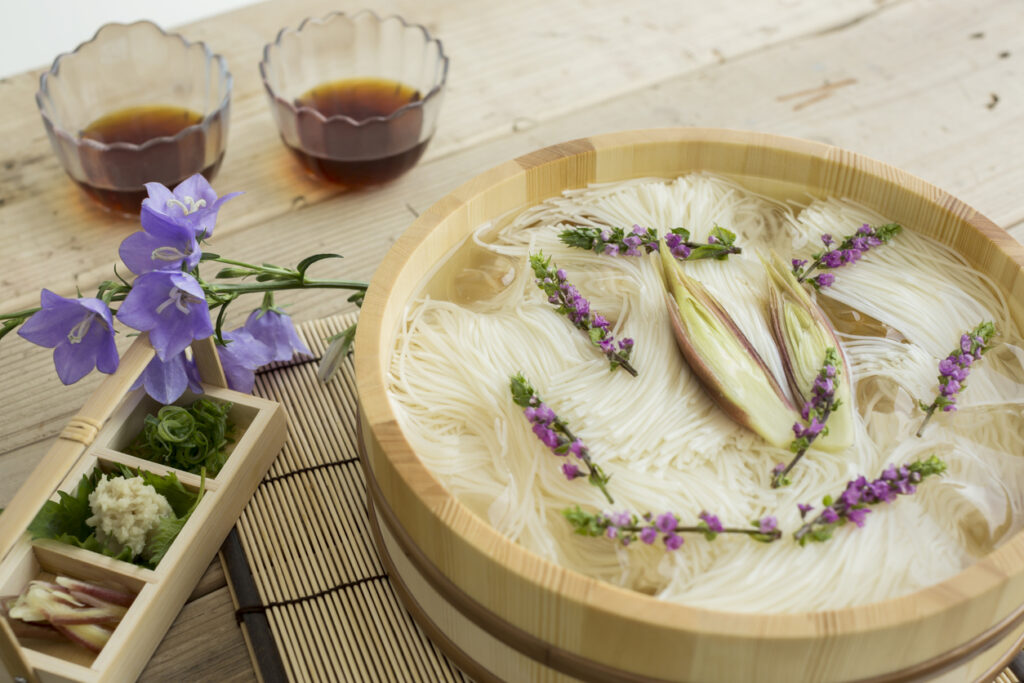 © Photo by iStock: byryo
© Photo by iStock: byryoIt also plays well with other distinct summer foods, like as a thinly sliced garnish to a bowl of cold somen or soba noodles or even fried in a tempura batter. To store myoga, place it in an airtight container and add water just to the top. Then, pop it in the vegetable crisper of your refrigerator and it will keep for about two weeks.
2. Goya
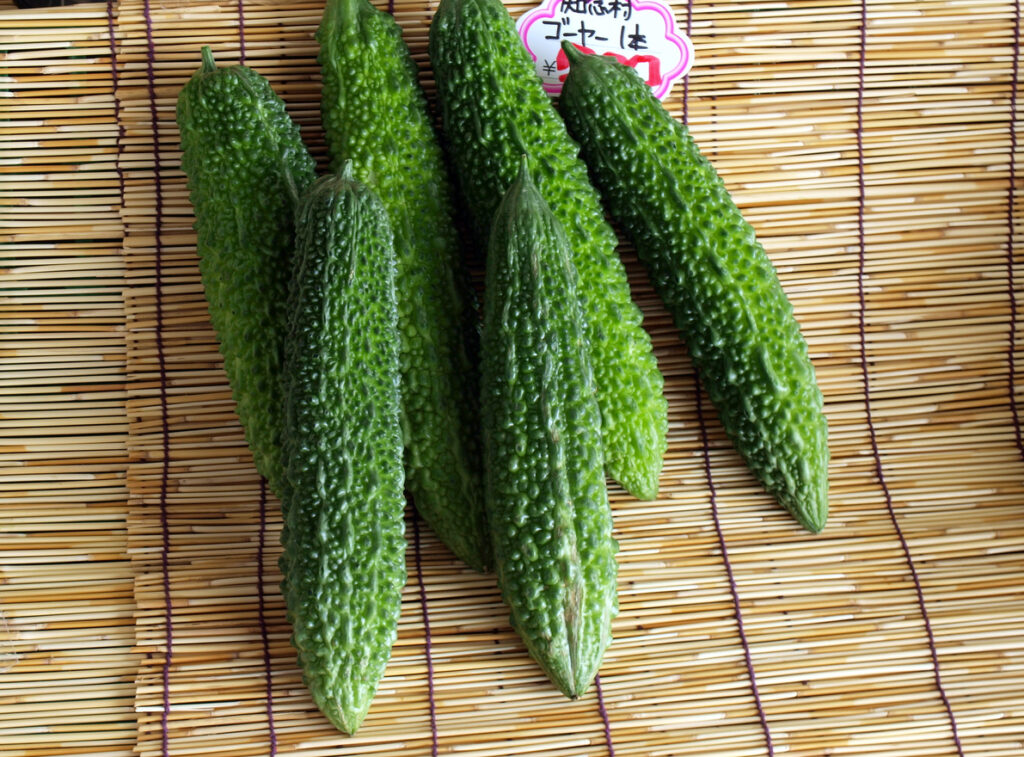 © Photo by iStock: arjacee
© Photo by iStock: arjaceeAs is obvious from its English name, goya (bitter melon) refers to a bitter-tasting vegetable that has long been a staple of Okinawan cuisine. As such, perhaps the most famous dish containing Goya is where it is sautéed with tofu as the Okinawan specialty goya champuru.
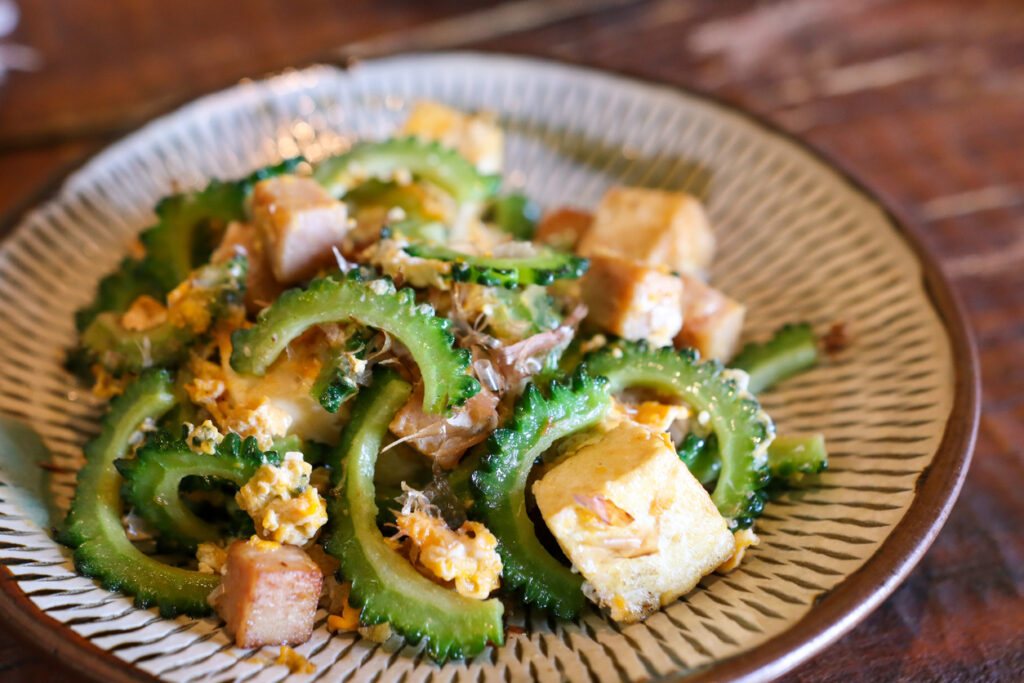 © Photo by iStock: kyonntra
© Photo by iStock: kyonntraDue to its impressive nutritional value, goya has been used in Chinese and Indian medicines for centuries. When preparing goya, dispose of the white pith and seeds and chop up the green skin into distinctive ridged half moon shapes. To refrigerate or freeze it as well, many people prepare it in advance by slicing it in this way. While bitterness is undoubtedly goya’s key characteristic, many ways of preparing it involve balancing the strong flavor with oils or batters or reducing the bitterness by rubbing it with salt and rinsing it. Besides its usual role as a stir-fry star, goya can also be enjoyed on the grill or in a summer salad.
3. Saya Ingen
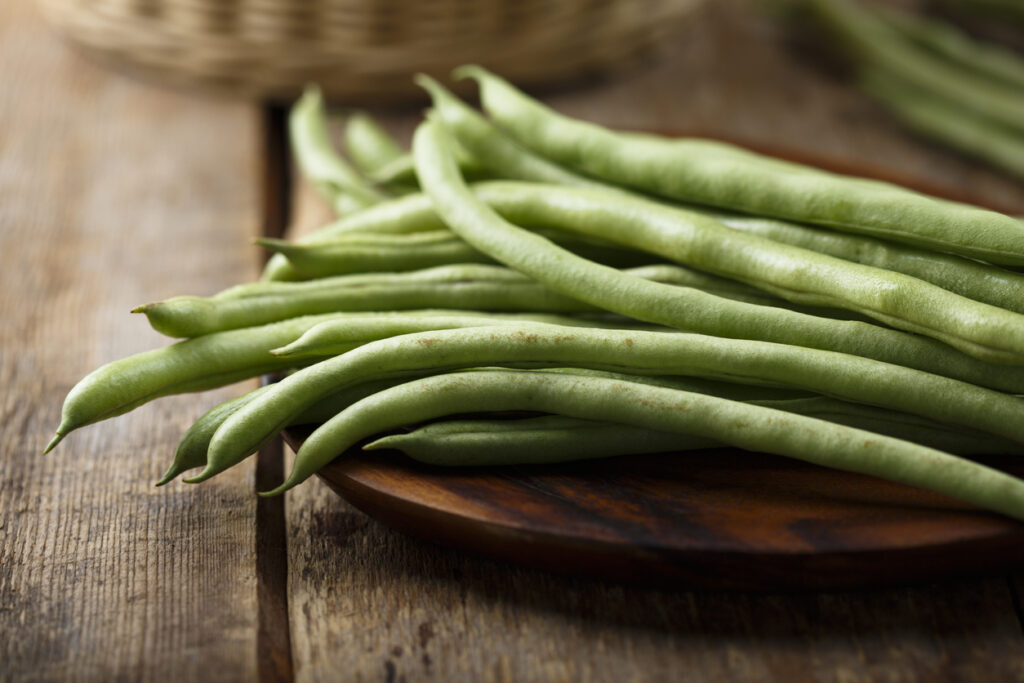 © Photo by iStock: Mariha-kitchen
© Photo by iStock: Mariha-kitchenSaya ingen is a Japanese variety of the commonplace green bean. Planted in the late spring, after the cold weather has passed, saya ingen becomes freshly available between the months of June-September. These beans are great sources of fiber and are loaded with nutrients like beta-carotene and vitamin B.
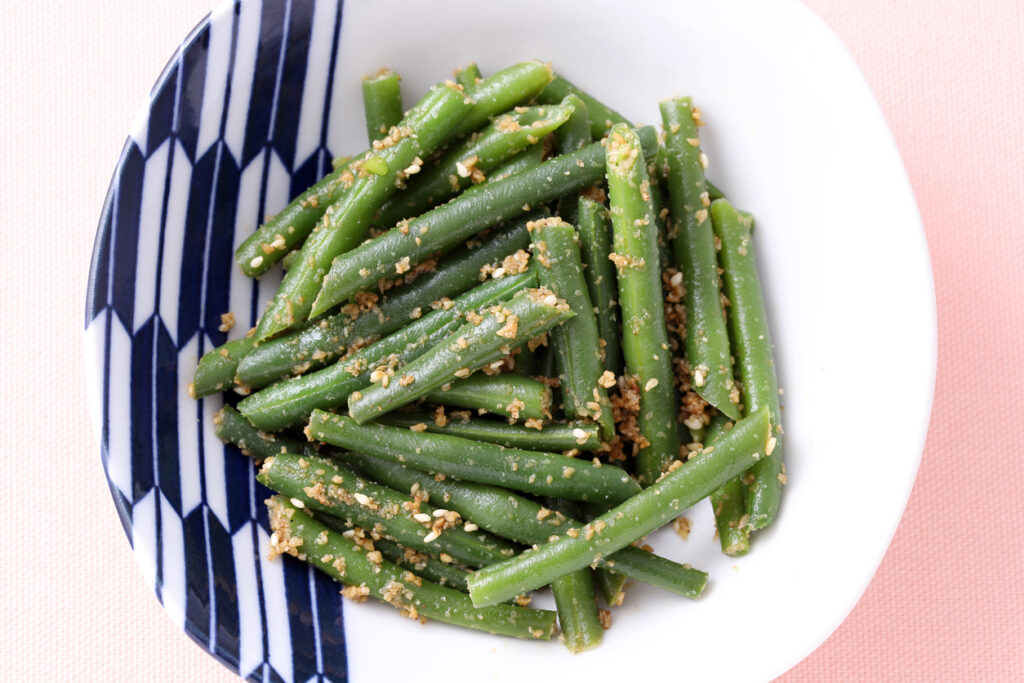 © Photo by iStock: akiyoko
© Photo by iStock: akiyokoSaya Ingen are perfect additions to summer salads and are delicious when quickly blanched and flavored with a light ponzu sauce, balsamic vinegar, miso or sesame dressing. Once purchased, saya ingen needs to be eaten quickly to maintain their fresh taste and crunchy texture.
4. Aojiso
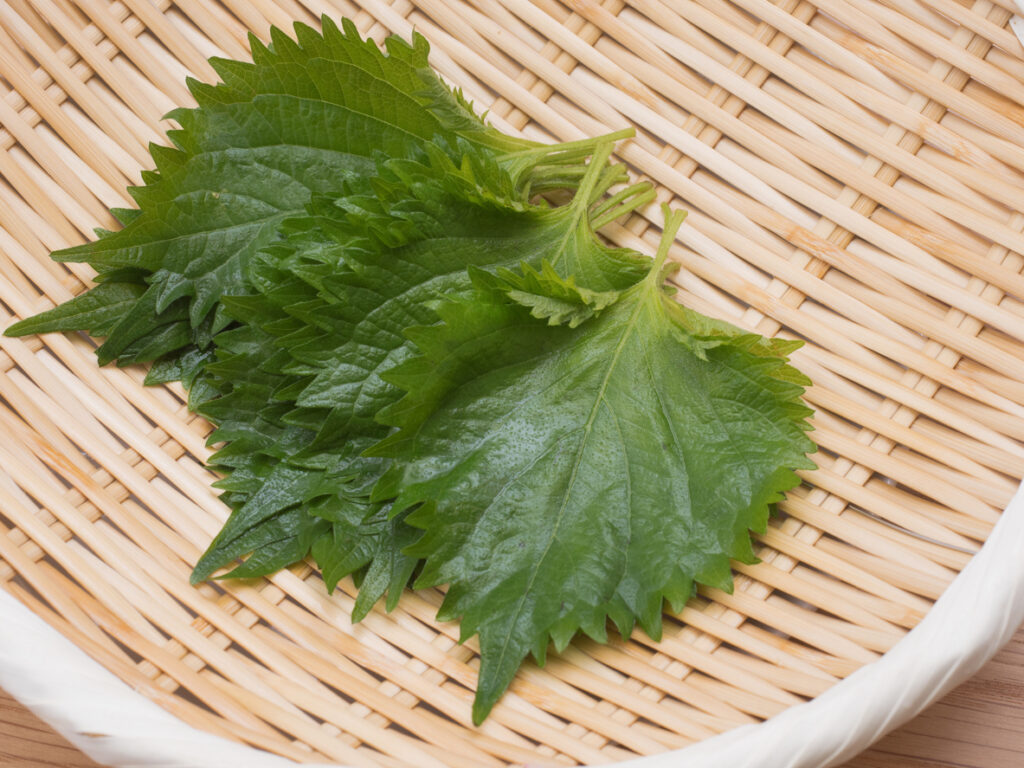 © Photo by iStock: y-studio
© Photo by iStock: y-studioAojiso, known as perilla in English, and often simply as shiso in Japanese, is a leafy green ornamental herb. Aojiso has been described as “Japanese mint” and is part of the same botanical family. Aojiso’s unique aroma (reminiscent of cloves and cinnamon) and distinctly refreshing taste (akin to basil and fennel) has made it one of the most popular herbs in Japanese cuisine.
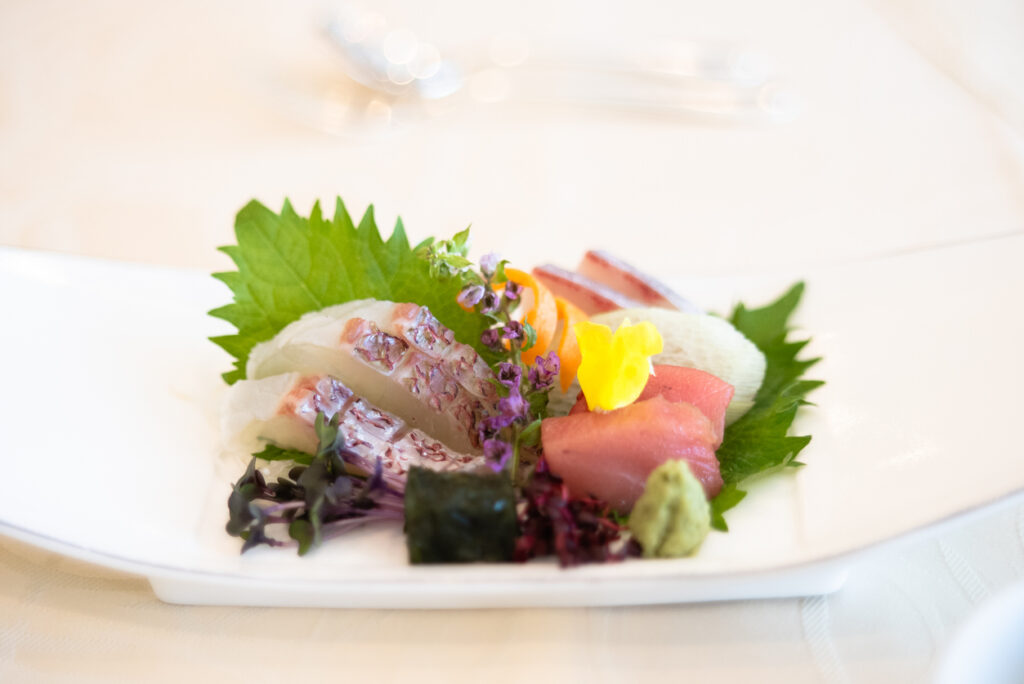 © Photo by iStock: Kayoko Hayashi
© Photo by iStock: Kayoko HayashiShiso is commonly used as a garnish and flavoring for a variety of washoku (Japanese food) dishes, such as wrapped around the fish in sushi, in Japanese-style pasta and even chopped up in tsukune (chicken meatballs). Aojiso is known for its antibacterial qualities and is rich in antioxidants and vitamins, and has also been brewed in teas as medicinal remedies.
5. Okura
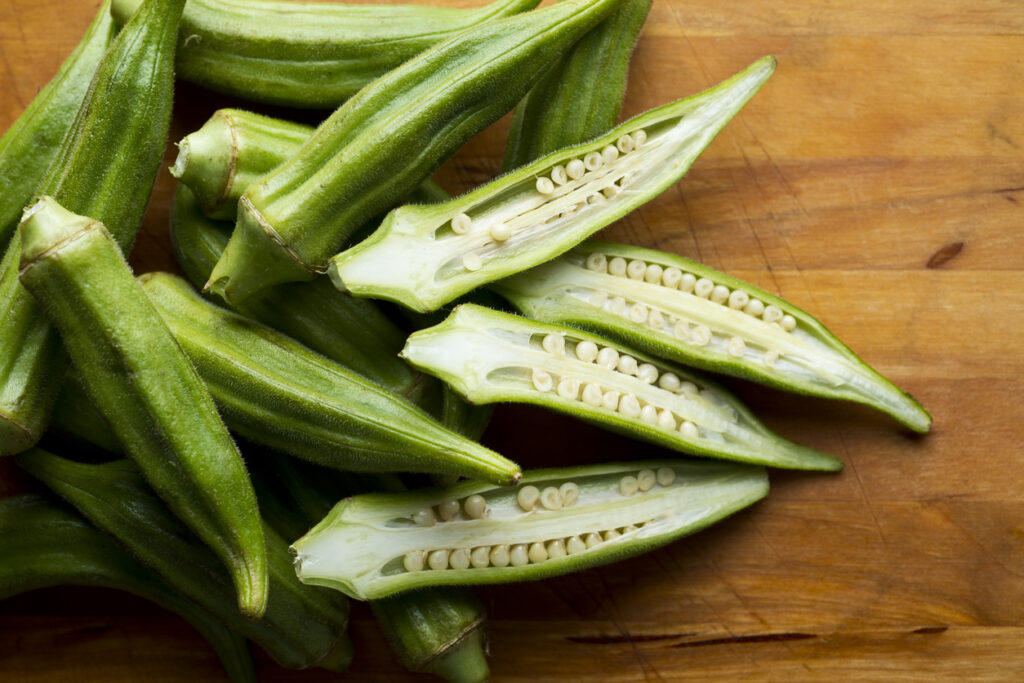 © Photo by iStock: rudisill
© Photo by iStock: rudisillOkura (okra) are green and slender seed pods that are filled with small white seeds. This vegetable provides many health benefits as it is rich in vitamins and high in natural fibers. Okra is planted in late spring and produces beautiful cream and mauve flowers when blooming as it’s part of the hibiscus family. Okra pods are in season all summer long and can be stored in airtight sealed bags in the freezer or the vegetable crisper. Okra is famous in Japan for its neba neba quality or its slightly sticky or slimy texture.
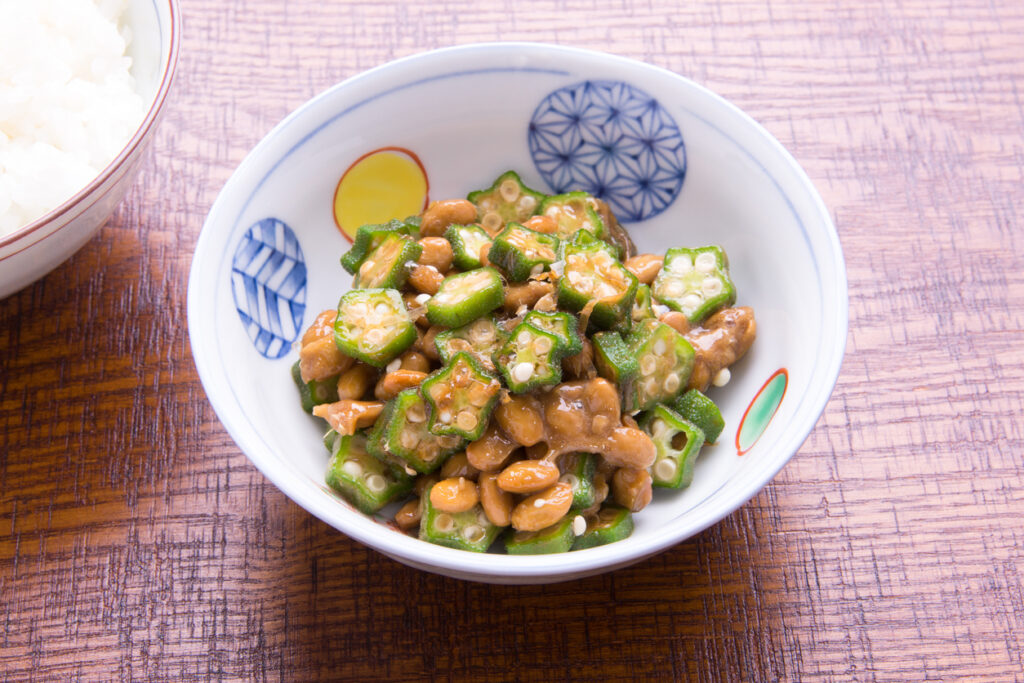 © Photo by iStock: Promo_Link
© Photo by iStock: Promo_LinkThis can be reduced or enhanced depending on how it is prepared, such as rolling the pods in salt before cooking, breading and frying it or playing up its texture in a salad. Okra can be served sliced or whole and is delicious whether blanched, pickled or in stews and soups.
Vegetable Delivery Services in Japan
Saka no Tochuu
One of the most popular veggie delivery providers. Choose from one of three sizes of local and seasonal non-GMO and pesticide-free vegetable baskets. If you’re unsure of some of the ingredients, they also have recipes!
Shipping: all across Japan
Radish Boya
As well as providing fresh produce, meat and fish deliveries, Radish Boya also offers fair trade imported products and eco goods. As part of their mandate, they ensure that all their products have been managed in an ethical and sustainable way. Plus, they are not a fixed delivery service so you can order whenever works for you and however much you want!
Shipping: all across Japan
Coconomi
This “craft vegetable” delivery service was rated as the best in Japan in 2022. All of their vegetables are grown without pesticides. They ensure even the fruits which are typically less resistant to pests are grown using the least amount of chemical products. And, if you need to skip a delivery week, it is no problem using this company!
Shipping: Kanto, Kansai, Shikoku and Fukuoka prefecture area
Bio Marche
The vegetables that you order from Bio Marche are all 100% organic and are primarily sourced from their associated farms in the Kansai region where they have been running for 38 years. Try their summer tasting set of eight or nine seasonal vegetables for just ¥1500.
Shipping: Tokyo, Northern and Southern Kansai, Nagoya area, Hiroshima area and Fukuoka area
Here’s to a cost-effective, environmentally conscious and healthy change this summer!
Which seasonal vegetables do you like to incorporate into your cooking? Let us know in the comments!












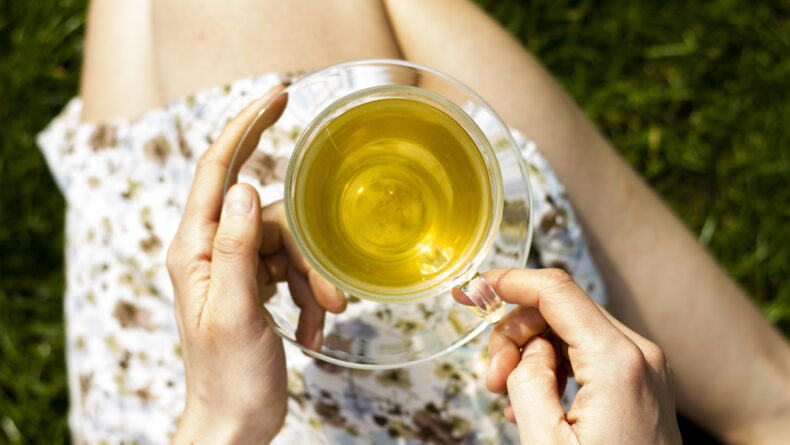

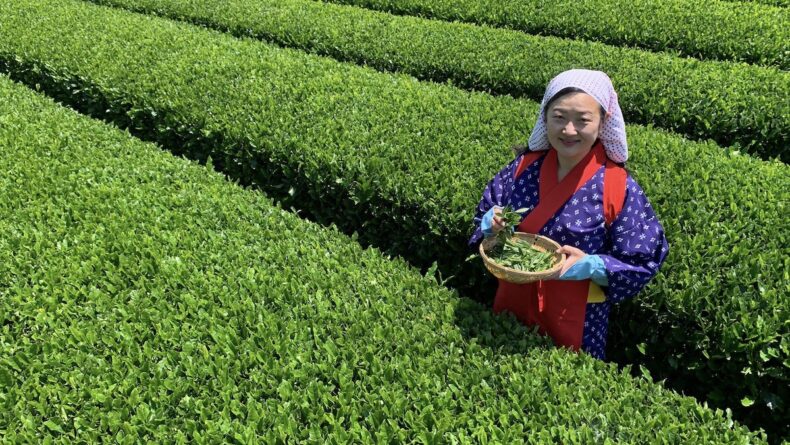
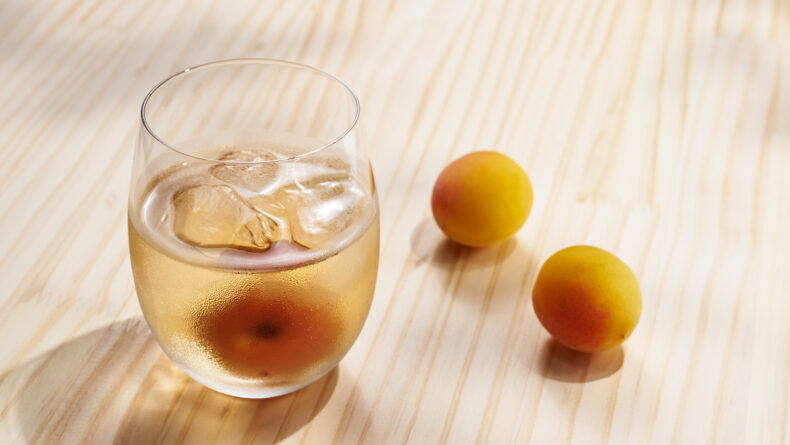
Leave a Reply